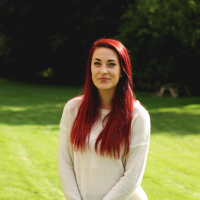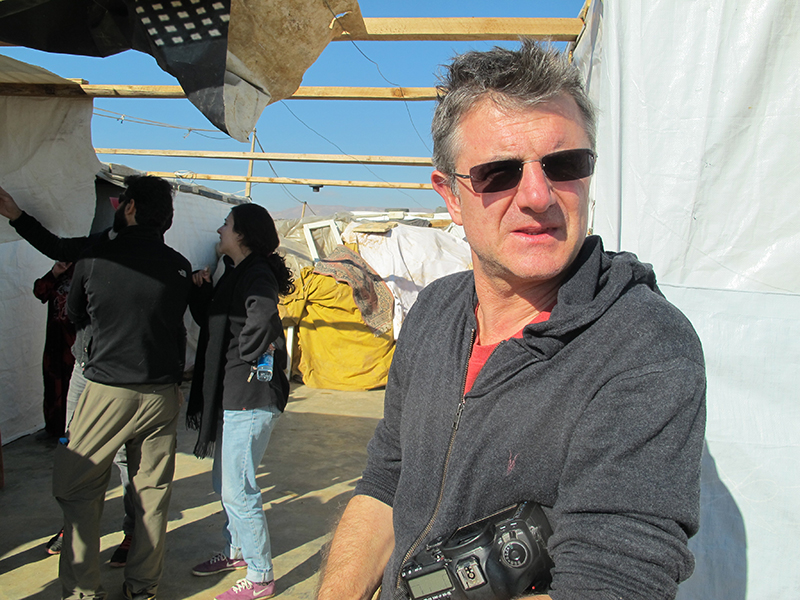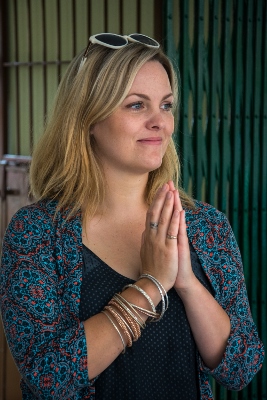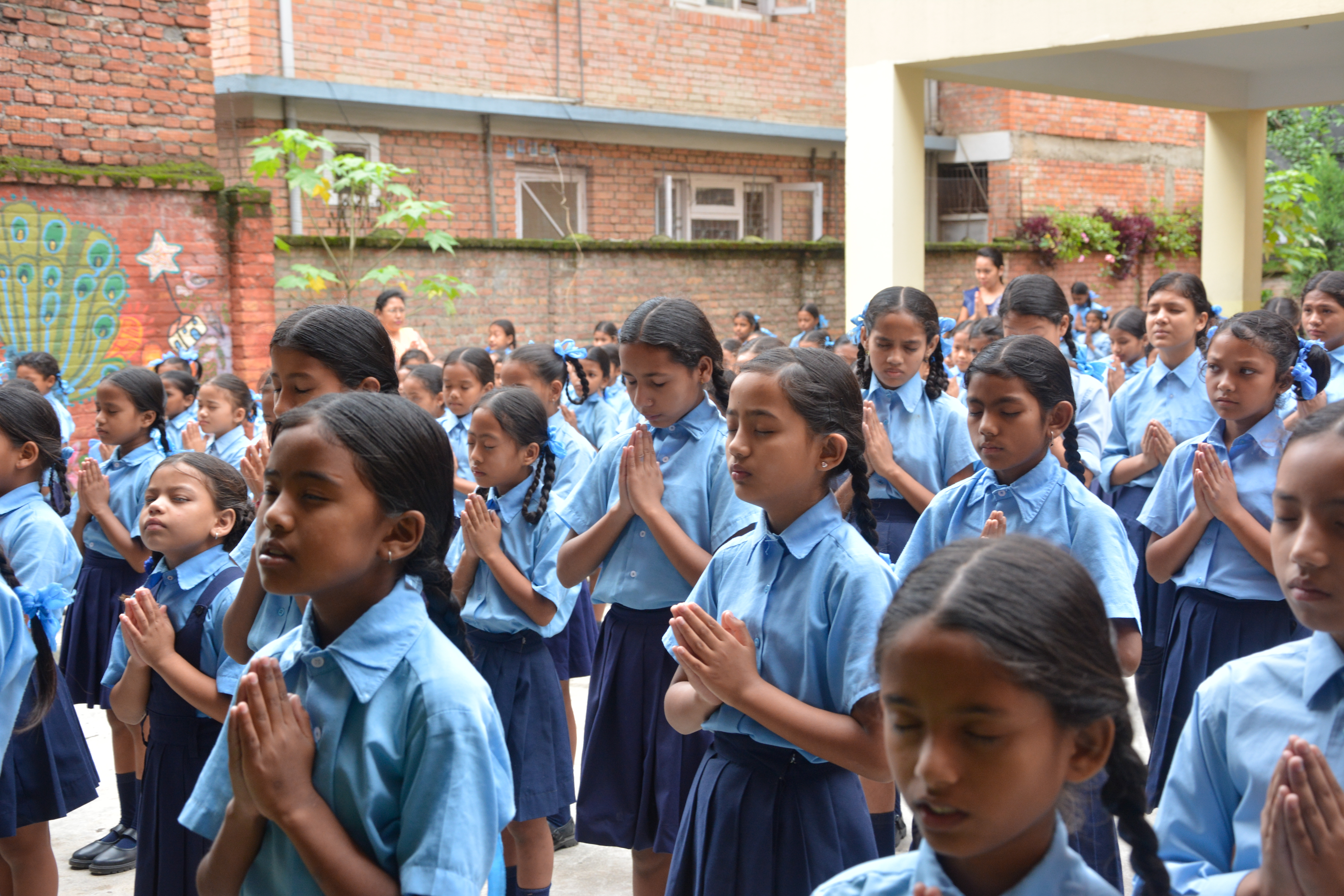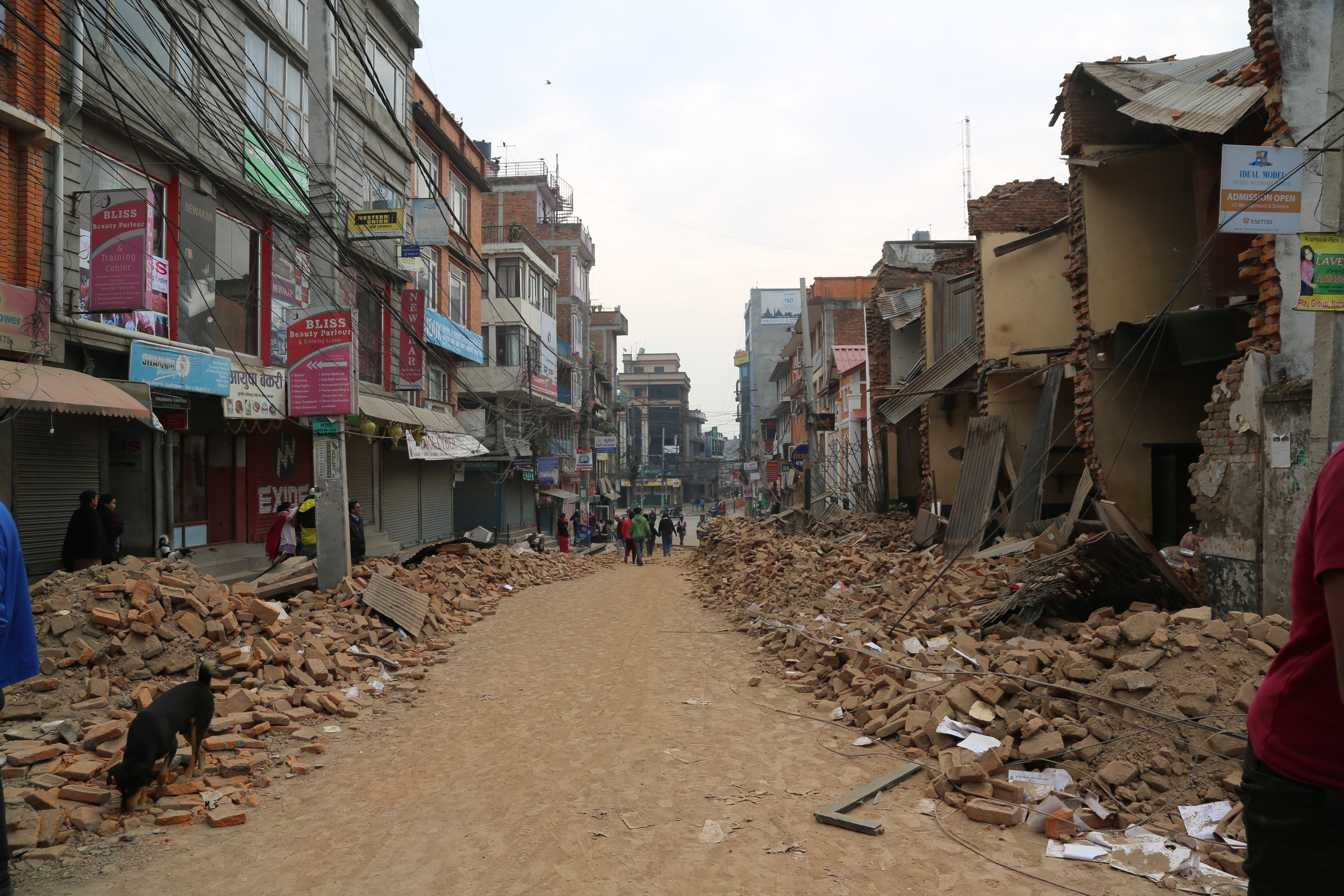Hope and grief in Nepal one year after the earthquake
May 13, 2016
Chris Bain, CAFOD Director, writes about his recent visit to Rasuwa district in Nepal one year on from two devastating earthquakes. Watch a short video of Chris in Nepal and read about some of the families who are rebuilding their lives thanks to donations from CAFOD supporters and the tireless work of our partners.
[youtube https://www.youtube.com/watch?v=Eb54G9klxnw]
Just over a year ago, a devastating 7.8 magnitude earthquake hit Nepal north of Kathmandu. A few weeks later, on 12 May, another 7.3 magnitude earthquake struck in the northeast of the country. Nearly 9,000 people died, thousands more were injured, and 600,000 lost their homes and livelihoods. One year on, I travelled to Nepal to meet the communities that were affected, and see the work that CAFOD through our partners in Nepal have carried out to help people recover from this tragedy. It was my third visit to Nepal and I was saddened to see the impact of the disaster on the beautiful landscape and villages we passed.
Join CAFOD’s Emergency Response Team and support our work during emergencies
In Rasuwa, near the border with China, I met Kamala Thalea who lost her young son, two daughters and her mother when the earthquake struck. Kamala’s surviving daughter, Asmita aged 13, told me that she survived the earthquake because she was in a wooden section of their home, while her brother, sisters and grandmother were in a section of the house built of stone. Her hip was injured by falling rubble, but still she saved her two-year-old cousin who lay in the debris next door. Kamala was visiting her mother-in-law in a village three hours away, and arrived home the next day to a collapsed home and her lost children.
She said, “My family and old life are gone now, I only have my eldest daughter left with me.” Continue reading “Hope and grief in Nepal one year after the earthquake”


